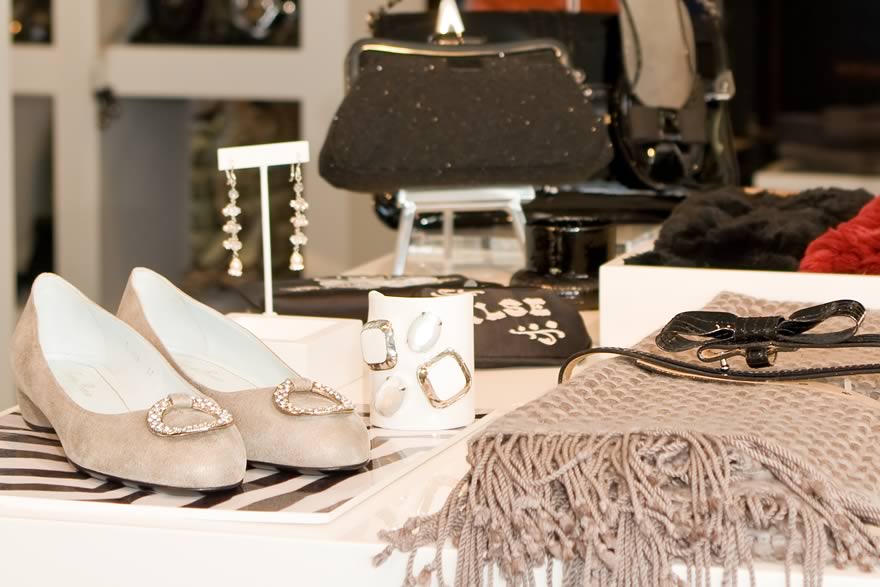One of the traditional calling cards of luxury stores were their print catalogues. Designed with thick pages and a glossy sheen, these catalogues would showcase high-end items in all their one-dimensional glory. Part of the appeal of high-end stores’ catalogues was the items themselves: instead of looking in on your local store, you could browse page after page of what the world’s finest stores had to offer.
But as with anything, change inevitably creeps in and these luxury stores have had to adapt their print catalogues into online versions. RepricerExpress dives in to see just how these luxury stores have adapted to selling expensive items online and what the smaller online merchant and Amazon third party seller can learn from them.
Quality Images
When buyers shop on a regular store’s site (and by regular, we mean anything that’s not high-end), the images they get are not always photographed professionally, likely smaller-sized that don’t provide greater detail when zoomed in to. They’re there to provide a brief description of what the product is, complemented by its product description.
Not luxury stores!
They keep their images large and in extremely good quality because they’re trying to sell more than just a product. They’re trying to sell quality, memories, experiences and emotions, and those are a lot harder to come by with small images. There are stories that go along with each image, each product, and using only full-size pictures professionally taken photos can include all the necessary details. It’s something designed to catch your full attention because the longer you spend on a product, the likelier you are to buy it.
The Feedback is More Personalised
As an ecommerce merchant, you’re well used to the concept of keeping in touch with your buyers. It’s a way of being in constant communication so a) they know you are still in existence, b) you’re selling more than just a product, and c) they’re aware of all your latest deals, specials and products.
But how does this differ from luxury stores? Well, they go beyond just asking their buyers what works and what doesn’t and actually solicit tips on what should appear in their online magazines and email campaigns.
Imagine if the shoe was on the other foot. How would you feel if your favourite store seemed to ignore everything you said on Facebook and Twitter, and just kept doing their own thing, oblivious to what you and the rest of its customers kept telling it?
Now imagine if what you’d posted on Facebook was actually responded to and put into action? You’d feel like your voice was really heard, and what you had to say mattered. You don’t necessarily have to abandon your game plan entirely and go in favour of what your buyers are saying, but if there’s a common theme appearing on a regular basis, you may want to take stock of it.
For third party Amazon sellers and FBA merchants, communication is limited to Seller Central, but that doesn’t mean you can’t offer a more personalised response to queries—in fact, taking the time to craft carefully written responses that are human and solicit positive user feedback will go a long way and ensure you’re eligible to become a Featured Merchant that can win the Buy Box.
Tying it All Together
You may or may not have a brick-and-mortar store to go along with your online store, but if you do, keep reading.
One of the most important concepts you can take away from high-end stores is their ability to seamlessly blend luxury, personalisation, ease of shopping experience, attention to detail, and the latest in technology.
Take Burberry, for example. One idea they’ve used from Apple is to have their sales associates walk around the store with iPads so they can conduct mobile checkouts in any department. They understand their shoppers may not want to wait in lines like the rest of the world, and happily accommodate them.
It’s a super easy solution, and one that gives them an edge in commerce—and it’s not something that seems overly difficult to implement.
Reprice Free for 15 Days
If you’re not ready to start stocking your line with high-end goods or aren’t quite able to make the jump to these above three points, there still is something you can easily adopt: repricing. This practice helps you adjust your prices on a regular basis, letting your buyers know you’re always in touch with what they want. Get started today with our 15-day free trial, and join the upper echelons of ecommerce merchants right away.






